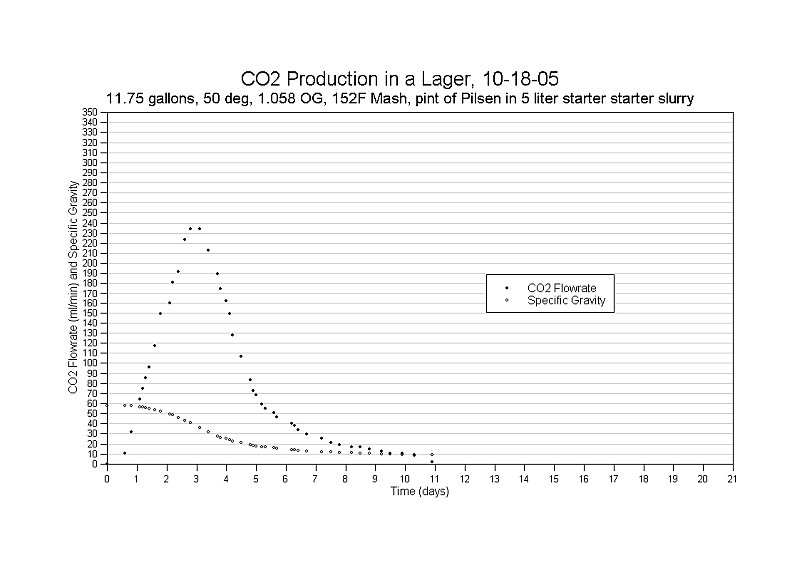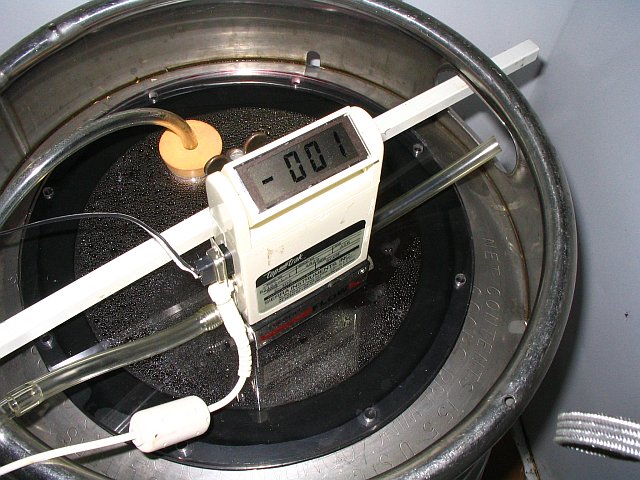- Joined
- Mar 12, 2007
- Messages
- 6,841
- Reaction score
- 858
HBT is a forum not a search engine. New brewers come here to ask questions. If that bothers you don't answer. The condescending attitude is uncalled for.

Hmmm and some of you trolls think I'm full of ****, eh????? That airlocks always bubble???
HBT is a forum not a search engine. New brewers come here to ask questions. If that bothers you don't answer. The condescending attitude is uncalled for.







![Craft A Brew - Safale S-04 Dry Yeast - Fermentis - English Ale Dry Yeast - For English and American Ales and Hard Apple Ciders - Ingredients for Home Brewing - Beer Making Supplies - [1 Pack]](https://m.media-amazon.com/images/I/41fVGNh6JfL._SL500_.jpg)



FYI - The search feature on this site is pretty bad. I rarely find what I am looking for using it. Unless I am looking for single, rare word. I usually end up doing a Google search and finding the HBT thread with Google.
Does one need to go through all of this? Of course not. It is overkill? Sure. ...
Its a hobby. Do it however you want.

How about a balloon over the top of the carboy?If one wanted to, given the OG, and a predicted FG, one could get a pretty decent value for the amount of CO2 that would be released from a brew. . .
[QUOTE
Then you could point a webcam at it and even monitor it remotely online.

How about a balloon over the top of the carboy?
Given the proper size and thickness, when it blows up and pops, your beer is done. :cross:
No, my original visions is that when you're ready to take a grav reading, you open the stopcock and the beer from the fermenter then floods into the tub. What you are taking a reading of is of the fermented beer.
Additionally if you did an open inflow from the fermenter into the sightglass in a stopcockless design, you're going to be getting all the movement from the yeast in there. The fluid is all going to be the same.

I monitor CO2 output with a mass flow meter I got for cheap off of Ebay. I added in a calculation that predicts SG also. I think it's a great snapshot of the fermentation. The sugar decrease, alcohol production, and CO2 production go hand in hand, after all. As you watch the graph develop, isn't kind of easy to tell how the fermentation is progressing? Note also the area under the graph represents the total volume of CO2 produced, a direct function of the sugar available.
Yeah, that's it Revvy. He apparently claimed that bubbles are the only way on earth to explain fermentation. He clearly said "For every bubble an angel gets its wings". He clearly stated that bubble emission is the only way on earth to determine fermentation completion. Yay, your diatribe against anything fun makes this entire post useless. Hell, Tex should delete this post and ban the guy because YOU say his idea is useless!!!
WE HAVE A WINNER!
could you post what your setup is? pictures? is the flow meter inline?
I monitor CO2 output with a mass flow meter I got for cheap off of Ebay. I added in a calculation that predicts SG also. I think it's a great snapshot of the fermentation. The sugar decrease, alcohol production, and CO2 production go hand in hand, after all. As you watch the graph develop, isn't kind of easy to tell how the fermentation is progressing? Note also the area under the graph represents the total volume of CO2 produced, a direct function of the sugar available.
I tried that. It inflated enough to stand up, but didn't expand the way I had hoped it would. Give it a try yourself and see if your experience is different.
I am training my dog to count bubbles and bark them out on command. It works great until the mailman shows up.

You REALLY need to have read some of the thread before you get to this post. Really.
To quote Styx "too much time on my hands"
I'm working on a counter that measures the number of grains as they pass through through the barley crusher.
This will tell how many grains I use per batch which will help me..............uh..uhh.uhh
I'll figure out how it will help me later.

I'm short on time, but here's a pic of the mass flow meter that I got off Ebay. There's no airlock; the CO2 just flows through the meter. It puts out 0 to 5 volts, which converts to 0 to 300 cc/min, with this meter. I use a data acquisition starter kit and software from Dataq Instruments (dataq.com). That was only about 40 bucks.
It's a hoot the way the CO2 haters loathe us!
I have carbon credits for sale.